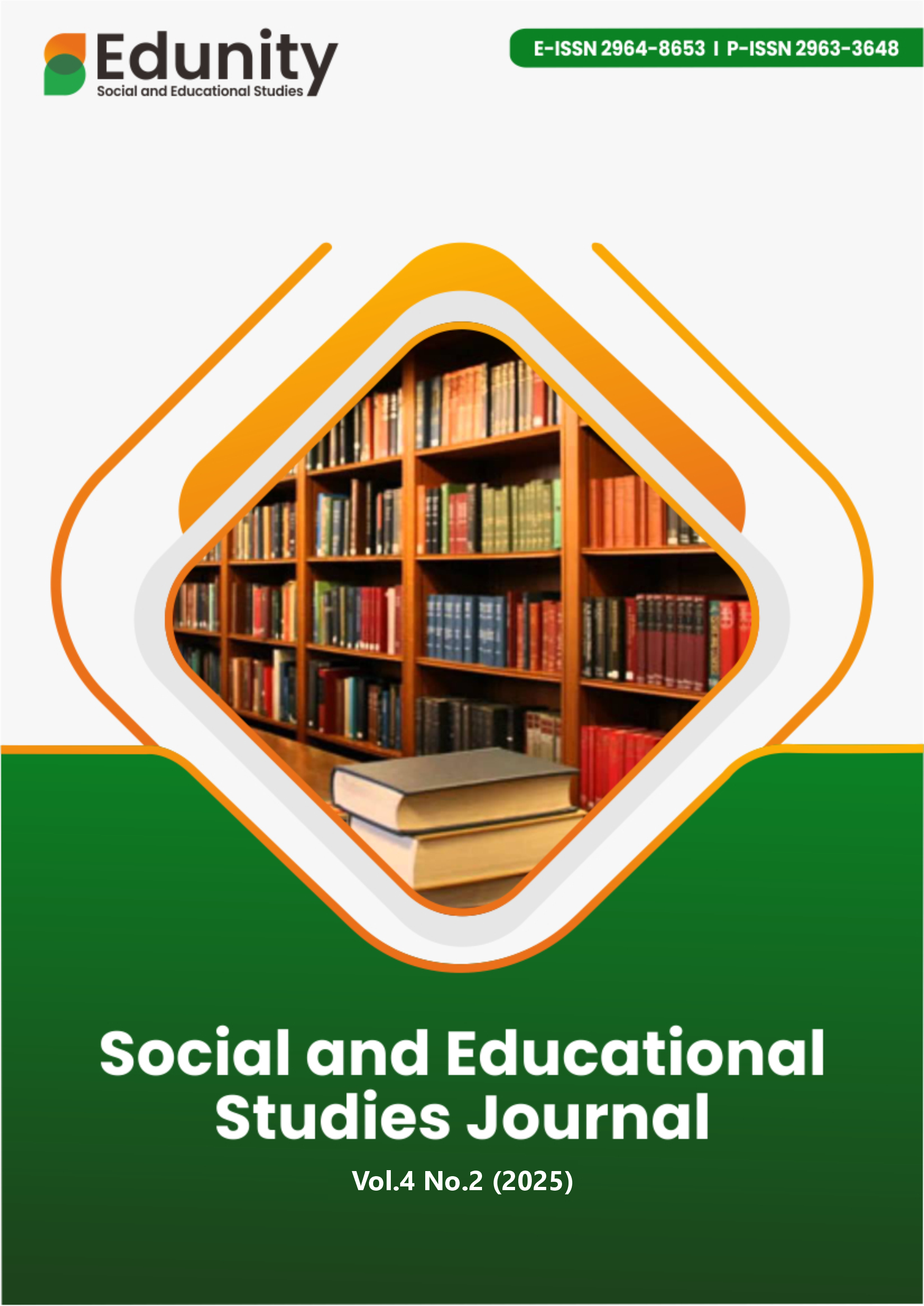The Silk Road and Afghanistan: A Nexus of Trade, Culture, and Geopolitical Exchange
DOI:
https://doi.org/10.57096/edunity.v4i2.373Keywords:
silk road, trade exchanges, cultural exchanges, Eastern and Western civilizations, international relations, trade routes, cultural influences, historical cities of AfghanistanAbstract
This article examines Afghanistan's role in the Silk Road and its impact on the country's historical, cultural, economic, and geographical transformations. Due to its strategic geographical position in the heart of Asia, Afghanistan has historically served as a bridge connecting various civilizations of the East and West. This role has allowed Afghanistan to experience extensive commercial and cultural influences from the Silk Road. This review article analyzes the historical, cultural, and economic impacts of the Silk Road on Afghanistan and assesses the country’s role as a strategic hub in trade and cultural exchanges between Asia and Europe. This study employs a narrative review approach, conducting a qualitative analysis of previous research by compiling and examining information from various historical, geographical, and cultural sources. The key findings of this study indicate that Afghanistan played a fundamental role as a bridge for commercial and cultural exchanges between the East and West along the Silk Road. Its geographical location positioned it along major trade routes, including those involving silk, spices, and metals. Furthermore, the cultural and religious exchanges, including the introduction of various religions and artistic and linguistic influences, have been significant throughout Afghanistan’s history. Cities such as Balkh, Herat, Kandahar, and Kabul were recognized as major trade and cultural centers along this route. The findings of this research highlight that Afghanistan, due to its strategic position along the Silk Road, played an unparalleled role in facilitating cultural and commercial development among civilizations. The country not only served as a key node in
economic exchanges but also contributed to the enrichment of diverse cultures in the region. Future research should focus on conducting a more detailed analysis of the cultural, social, and political impacts of the Silk Road on Afghanistan and the broader region, as well as examining contemporary trends in Afghanistan’s regional and global relations.

Downloads
Published
Issue
Section
License
Copyright (c) 2025 Fayaz Gul Mazloum Yar, Mastali Niazai

This work is licensed under a Creative Commons Attribution-ShareAlike 4.0 International License.
Authors who publish with this journal agree to the following terms:
- Authors retain copyright and grant the journal right of first publication with the work simultaneously licensed under aCreative Commons Attribution-ShareAlike 4.0 International (CC-BY-SA). that allows others to share the work with an acknowledgement of the work's authorship and initial publication in this journal.
- Authors are able to enter into separate, additional contractual arrangements for the non-exclusive distribution of the journal's published version of the work (e.g., post it to an institutional repository or publish it in a book), with an acknowledgement of its initial publication in this journal.
- Authors are permitted and encouraged to post their work online (e.g., in institutional repositories or on their website) prior to and during the submission process, as it can lead to productive exchanges, as well as earlier and greater citation of published work.







